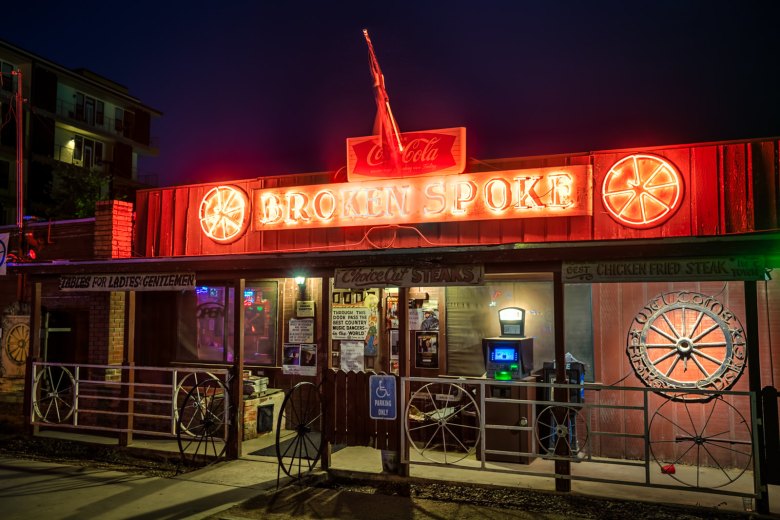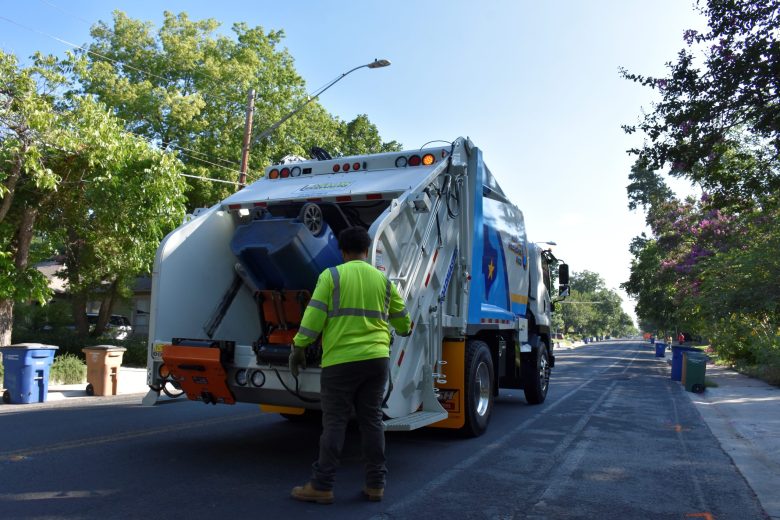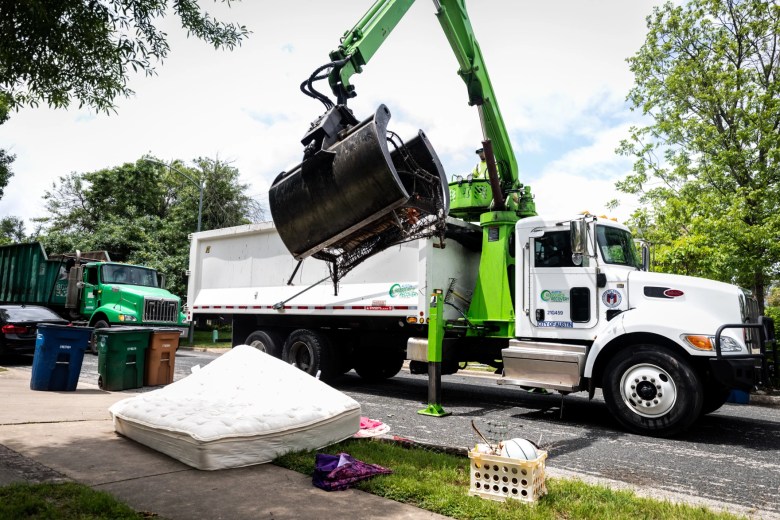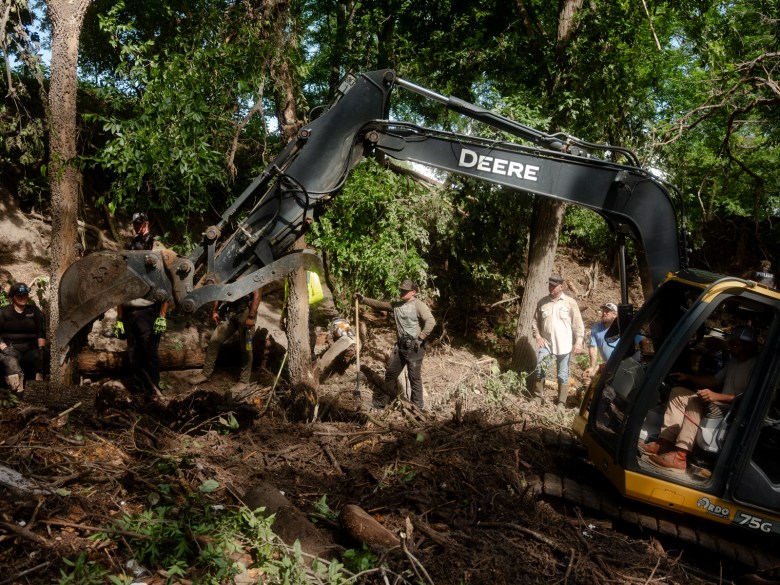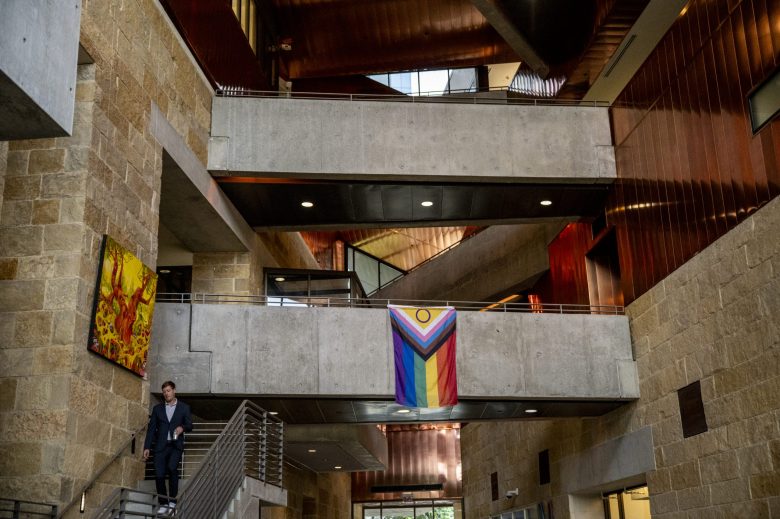Under the direction of Austin’s brand-new Office of Arts, Music, Culture, and Entertainment, the city’s Heritage Preservation Grant program will take on a slightly different appearance this year.
Last year, 22 chosen projects at historic sites received $3,590,765 in Hotel Occupancy Tax funding from the program. These projects ranged in scale from creating new visitor education materials to doing physical restoration. Those that made the list include funding for Mexican heritage events at Republic Square Park, site development for a new museum at the Charles Umlauf Sculpture Garden, and maintenance and restoration work at places like the Paramount Theater and Broken Spoke.
According to state law, projects that qualify for the next round of funds still need to show that they want to promote tourism at public locations. However, this year’s candidates will benefit from more flexible cultural programming, simplified standards, and more alternatives for capital repairs.
In a briefing to the Historic Landmark Commission earlier this month, Heritage Tourism Division Manager Melissa Alvarado stated that more than 1200 residents submitted feedback through the creative reset community engagement process, asking for easier applications, improved access to funding opportunities, and greater support for diverse voices and access to cultural spaces.
The program has been redesigned to allow applicants to apply for grants under two categories: up to $150,000 for heritage event projects that highlight local history and storytelling through the creation of cultural events, exhibits, and tours, and up to $250,000 for capital rehabilitation projects. A tiered funding mechanism based on the landmark zoning of the site will apply to applicants for the Heritage Event Grant; sites that are eligible and actively seeking designation may receive up to $50,000, while historically designated sites may get up to $150,000.
As long as the project helps tell the story of an important historic event, person, community, group, or city and will serve to promote tourism and the hotel industry, the grant will also allow for cultural programming that cannot be linked to a physical landmark. Applicants who propose an alternative historic location may receive up to $25,000. The new standards are intended to help level the playing field for the Black and Mexican communities in the city, whose contributions to Austin’s history have been overshadowed by gentrification and redevelopment in many places.
Alvarado was pleased to inform the city’s Historic Landmark Commission that the grantees from the previous year are already making progress. The Henry Green Madison Cabin in East Austin’s Rosewood Park is set to undergo extensive restoration work, which will give it a new lease on life as a landmark of its namesake, who constructed the building in 1863 and later became Austin’s first African-American City Council member.
Last month, the Bethany Cemetery Association celebrated Juneteenth by announcing new educational programming that they had developed using grant funding. The site currently features new interpretive signs with maps, timelines, and QR codes that allow visitors to delve further into the history of prominent figures buried at the city’s oldest African-American cemetery, in addition to guided tours conducted by Black Austin Tours.
Although the total amount of funding available for this year’s award round has not yet been disclosed, Landmark Commissioners anticipate that possibilities to work with new city agencies will be made possible by the program’s new direction under ACME.
Ben Heimsath, chair of the Historic Landmark Commission, stated, “We do bring this very storied program and grant opportunity to the table, but unlike in the past, it won’t be administered within the silo of just preservation.” With this new project, we have the chance to truly consider how to make the most of all of the cultural riches here, and if we’re lucky, we can try to connect all of these other things.
Community donations enable the work of the Austin Monitors. Even though we occasionally publish on funders, we take pains to ensure transparency by keeping editorial and business activities apart. Our code of ethics is described here, and a full list of donors can be seen here.
You’re a community leader
And we are thrilled that you trust us with important, in-depth news. You are aware that local and committed watchdog reporting is essential to a healthy community. We will always be here to support you. Will you now support our nonprofit news organization and take the bold next step?
